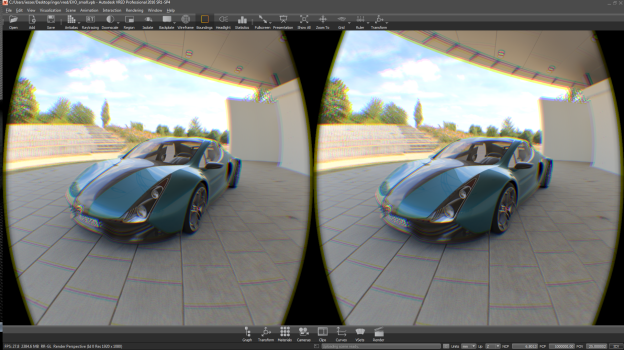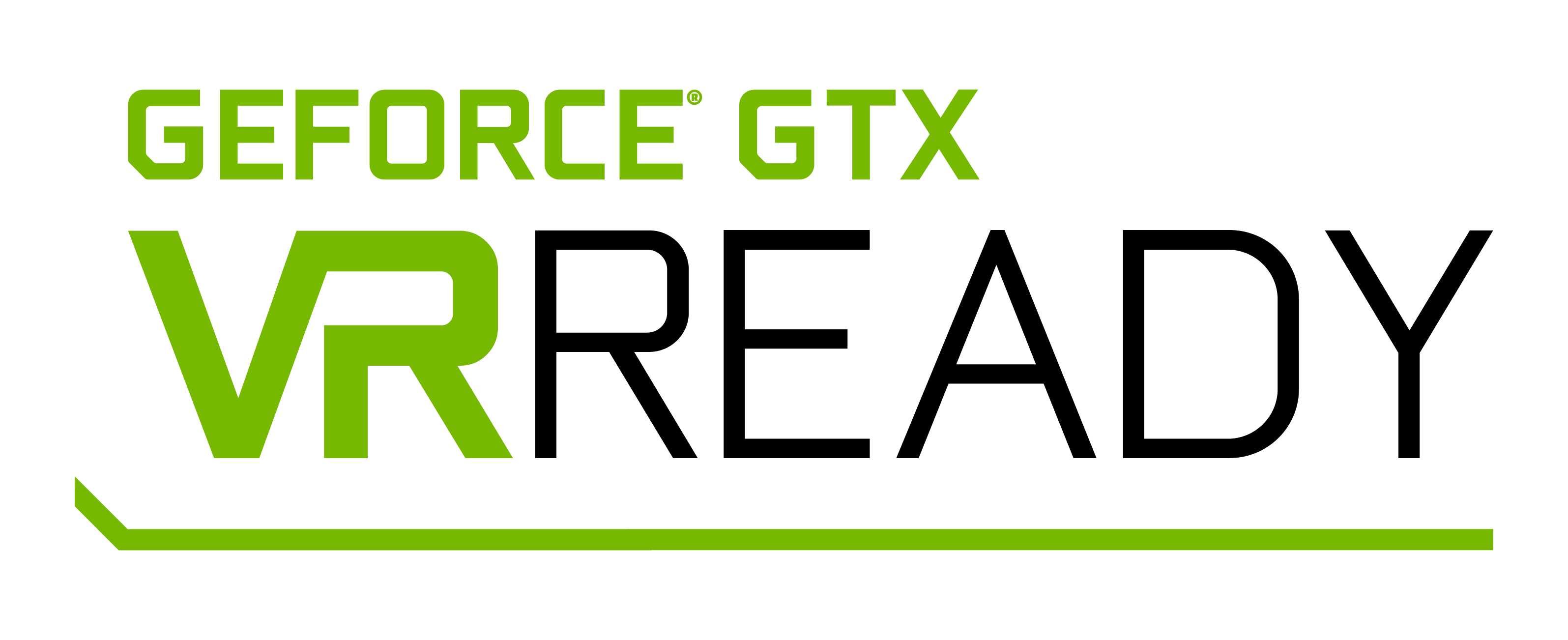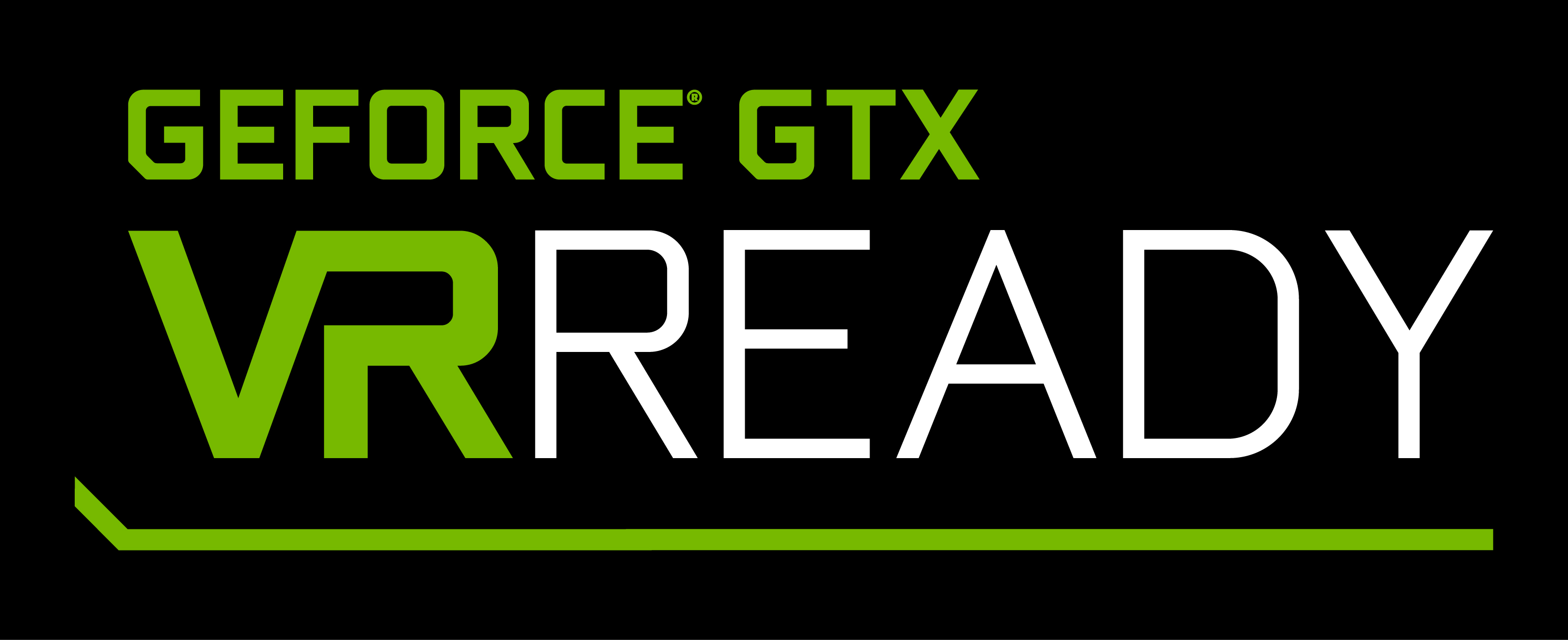Nvidia Launches Qualification Program To Help Identify VR Ready PCs
Nvidia launches its VR Ready qualification program to make it easier for consumers to tell whether the PC they're buying will be good for running games in virtual reality.
By now, it's no surprise that 2016 is going to be the year of VR, and at CES there will be many VR-related things to see. Nvidia is obviously making a huge contribution with its GPUs, but the GPU-maker is hoping to make things a little easier for consumers, too, with its VR Ready program.
Nvidia's VR Ready program, announced today, is a qualification program that aims to make it easier for consumers to identify PCs and notebooks that are, well, VR ready.
As you probably know, VR is going to be much more demanding than traditional gaming on a monitor. While you can get away with running a game at 1080p at 30 FPS on a typical monitor, if you're running that in VR, you'll get sick, period. VR needs to run at a minimum of 90 frames per second with very little latency and very consistent frame timing in order to give you an immersive experience. Delivering such performance will take some serious hardware.
For a PC to be certified as VR Ready, desktops will need a GTX 970 graphics card or above, while for notebooks the baseline starts at a GTX 980. Additionally, you'll need two USB 3.0 ports, 8 GB of memory or more, an Intel core i5-4590 or better CPU, HDMI 1.3, Windows 7 SP1 or above, and the latest driver with VR support. Naturally, you'll also need a head-mounted display.
Of course, if you're well-versed in the world of computer hardware, identifying a PC that is VR Ready won't be a challenge for you, but Nvidia's program aims to make this easier for all consumers. When we interviewed Palmer Luckey, the founder of Oculus, he said that Oculus likely won't stop you from running VR on systems that do not meet the minimum specifications, stating that while you may be able to run Oculus Rift on such a system, Oculus won't guarantee a good experience, nor will it support your system.
You'll be able to recognize a VR Ready PC or notebook by looking for the VR Ready badge, as pictured above. Nvidia is collaborating with various PC makers, including Alienware, Maingear, MSI, and many more for the qualification program; the full list is available here.
Follow Niels Broekhuijsen @NBroekhuijsen. Follow us @tomshardware, on Facebook and on Google+.
Get Tom's Hardware's best news and in-depth reviews, straight to your inbox.
Niels Broekhuijsen is a Contributing Writer for Tom's Hardware US. He reviews cases, water cooling and pc builds.



